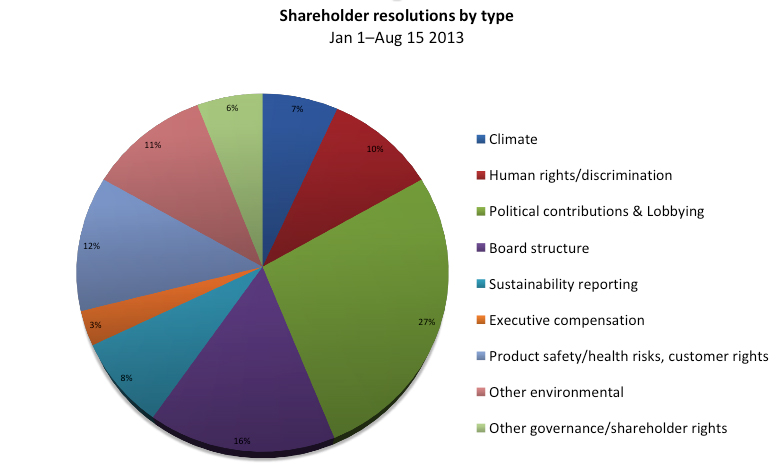 |
| Reviews and Templates for Expression We |
Where does your firm stand on ESG integration?

ESG integration is the latest entrant to gain traction in our increasingly crowded field of sustainability semantics.
Companies generally define ESG integration as embedding environmental, social and governance (ESG) considerations into business strategy, operations and product and service offerings. The same term has a different meaning within the investment community, which uses ESG factors to better understand a company's risk profile, performance outlook and value-creation potential.
While the underlying concept of ESG integration is not new, the term itself reflects emerging realities that permanently may alter corporate management practices, including investor interest and standards that correlate ESG with performance.
Rising investor interest in ESG
Although companies may not hear investors explicitly ask about sustainability, there is plenty of evidence that investment professionals are paying closer attention to ESG issues. Market participants as a whole are increasingly exposed to related risks, such as climate and supply chain disruptions.
According to US SIF, the Forum for Sustainable and Responsible Investment, professionally managed U.S. assets using sustainable and responsible investing (SRI) strategies have grown 486 percent between 1995 and 2012, outpacing the broader universe of managed U.S. assets by nearly 30 percent. Institutional investors represent the largest segment of the SRI community. U.S. institutional asset owners holding $2.48 trillion in assets consider ESG criteria in investment analysis and portfolio selection, representing a 23 percent increase from early 2010.
The growing interest is illustrated by the recent announcement that the Harvard Management Company, which oversees Harvard's $30.7 billion endowment, hired as its first vice president for sustainable investing Jameela Pedicini, a former investment officer for global governance at CalPERS.
Sustainability activities become table stakes
Zero waste facilities, recycling commitments, supply chain audit programs and sustainability reporting are common practice now. Publishing a sustainability report is no longer noteworthy, but rather the value generated by ESG efforts in terms of innovation, talent retention and cost and risk reduction. Many engaged companies long have harvested the low-hanging fruit of simple energy efficiencies and similar initiatives. As a result, business managers seek more innovative ways to address ESG issues, capture the attention of key stakeholders and extract value from their efforts.
The pressure to address ESG issues is not going away
So far this year, the Interfaith Center on Corporate Responsibility reports that 221 shareholder resolutions have been filed with 153 companies on varied issues, such as board structure, lobbying and political expenditures, human rights and discrimination, product safety, health risks, customer rights, executive compensation, sustainability reporting and -- yes, still -- climate risk.

Emerging standards focus on correlating ESG and financial issues
Organizations such as the International Integrated Reporting Council (IIRC) and the Sustainability Accounting Standards Board (SASB), are rising in prominence among companies and investors alike. These organizations, along with the Global Reporting Initiative (GRI), are working with and through a host of stakeholders from all disciplines and sectors to foster a convergence of ESG and financial performance and disclosure.
At the same time, there has been a proliferation of academic and other research pointing to the value of ESG issues, in terms of better risk management and financial performance.
Where does your company stand?
Over the course of a decade of advising major companies, interfacing with other experts and conducting research, I see eight key dimensions of an integrated business model. Taken together, these can serve as a springboard, roadmap and measure of companies' maturity in integrating ESG considerations into their business strategy and operations:
• Governance
• Accountability
• Financial alignment
• Stakeholder engagement
• Integrated risk management
• Innovation
• Metrics and KPIs
• Integrated disclosure
Each involves multiple performance aspects and related metrics. Of course, these are complex issues that require years of effort and that no simple checklist can do justice. We've created a brief self-assessment guide that can be applied as a quick first step to recognize areas in which your company is strong or needs to focus additional attention.
To further validate and quantify the impacts of integrative thinking, our research team is completing a study to better understand its characteristics within public companies. As part of this study, we are benchmarking the performance of companies that integrate ESG considerations on various financial indicators, including earnings growth, cost of capital and stock price. We expect to publish the initial results in October.
|
|
|
|
Copyright 2011 Energy and Technical Services Ltd. All Rights Reserved. Energyts.com |